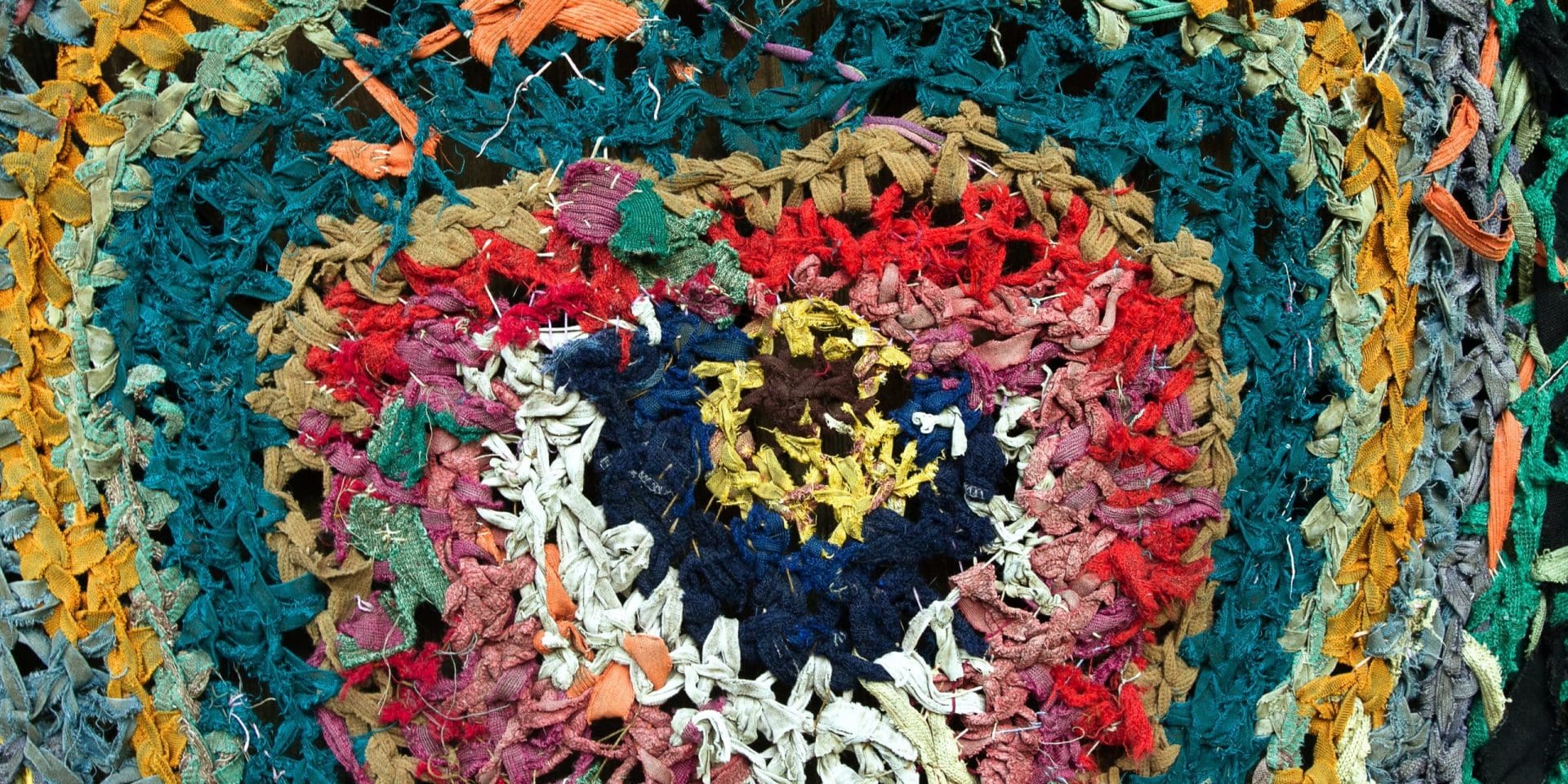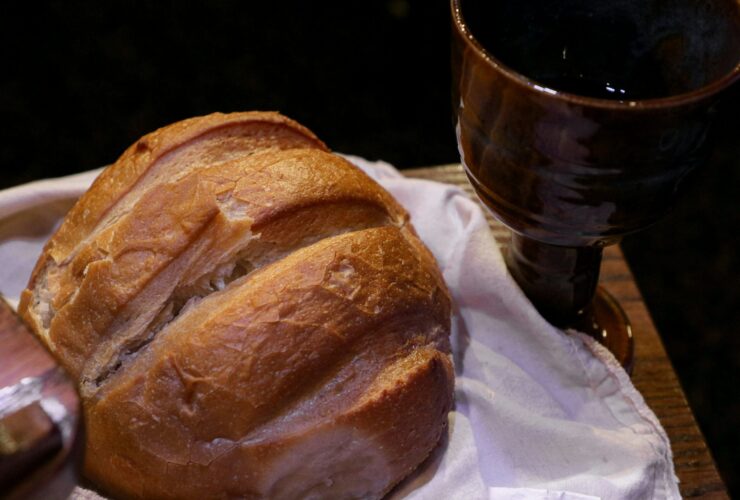“In the year that King Uzziah died,” declares the prophet Isaiah, “I saw the Lord sitting on a throne, high and lifted up, and the train of His robe filled the temple” (Isaiah 6:1). In the ancient cultures, garments played an important role which is why Isaiah’s observation concerning the Lord’s robe, and specifically to the “train of His robe,” is especially significant.
The Hebrew word for train is shûwl (shool) which means hem, border, fringe, bottom, edge of a skirt, or train. In the ancient world, the hem or fringes of a garment represented authority, thus to cut off the hem of one’s garment was to strip that person of his authority and personality. In fact, a husband could divorce his wife by simply cutting off the hem of her robe. A nobleman could authenticate his name on a clay tablet by pressing his particular hem on a clay tablet. It was like a signature or a seal. Thus, when David cut off the hem of Saul’s garment, he was cutting off his genealogy that was embroidered in the hem. That was his symbol of kingship. This is why David later repented of that act against “the Lord’s anointed” (1 Sam 24). Joseph’s so-called “coat of many colours” was actually a seamless robe with a special hem which implied a position of privilege. When Ruth asked Boaz to put his hem over her, she was putting the claim of levirate marriage upon him which he, of course, accepted.[1]
“All authority in heaven and on earth has been given to me.”
Jesus Christ (Matthew 28:18)
In God’s covenant with Israel, He declares in Ezekiel 16:8: “I will spread the edge of My garment over thee.” In other words, God was putting His authority, His mantle, His protection, and His covering over Israel.[2] In fact, “According to the Mosaic law every Jew was obliged to wear a fringe or tassel at each of the four corners of the outer garment, one thread of each tassel to be deep blue. These tassels were to be to them a perpetual reminder of the law of God, and of their duty to keep it.”[3] This means that, Jesus, as an obedient Jew, would also have had these tassels. In fact, this was the very hem which the woman with the issue of blood wanted to touch. Because conceptually that’s where His authority was. Of course, Jesus also wore a seamless robe which, interestingly enough, was never torn during his crucifixion perhaps signifying that His priesthood is without end.[4]
Indeed, according to the vision of Isaiah, our Lord still wears a robe in His heavenly habitation and the train or hem of that robe “fills the temple.” Hence as Jesus Himself declared to His disciples in Matthew 28:18, “All power is given unto me in heaven and in earth.” Praise the Lord!

Ryan Hembree is a daily co-host, speaker, and writer of Bible Discovery. He also hosts a YouTube channel that shows the unity of the Bible and how science and Scripture fit together. Ryan also has an honorary Masters of Ministry in Creation Science from Phoenix University of Theology.







I love your insight I’m 64 years old🤖🚀☕ and I’m still learning so much about Our Lord God. I’ve never heard about hems before. Very fascinating information. Thank you🙏 Ryan